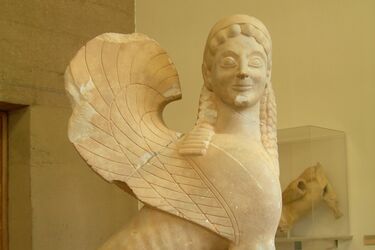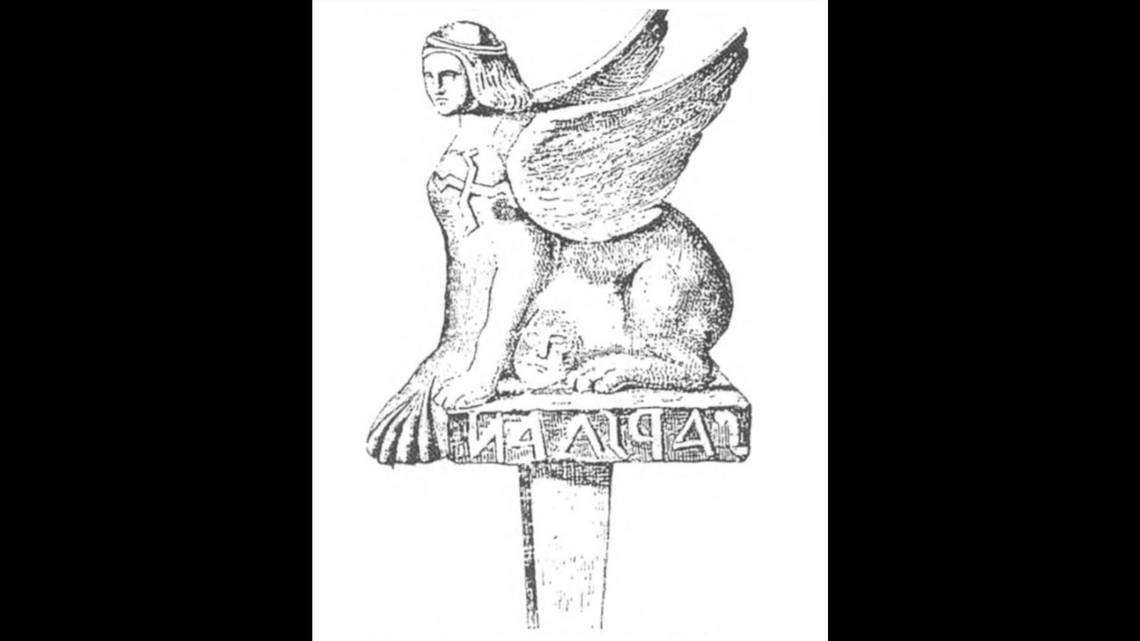Mysterious inscription on ancient sphinx deciphered (photo)

A mysterious inscription on a bronze sphinx statue unearthed in the early 19th century has finally revealed its secrets after a century of scientific research.
The statue, dating back to the 3rd century, was found in Dacia, a Roman province that encompassed modern-day Romania. However, it was tragically stolen from a European count around 1848 after its initial discovery. Although the statue itself remains lost, a detailed drawing has preserved its intriguing inscription, writes miamiherald.
Read also: Why Paleolithic handprints lacked fingers: scientists have made an eerie discovery
The newly deciphered inscription, revealed in a study published Dec. 30 in the journal Mediterranean Archaeology and Archaeometry, reveals a brief but "unusual" poem coined from the Sphinx.
Despite the use of the archaic Greek alphabet, the inscription produced nonsensical results when interpreted using Greek phonetic meanings. This linguistic paradox has puzzled scholars for over a century.
The key to unlocking the mystery of the inscription lay in its unconventional reading direction, from left to right, a marked deviation from ancient norms. Researchers hypothesized that the scribe, using the familiar form of the archaic Greek alphabet, intended to say something in another language. This hypothesis proved fruitful, as deciphering the phonetic meanings revealed a rhythmic poem in Hungarian.

This poem is translated, "Behold, worship: behold the holy lion."
This indicates the devotion associated with the sphinx. This discovery is important because "the sphinx cult was not part of mainstream ancient Roman mythology," explains Peter Revesz, study author and professor at the University of Nebraska.
Revesz emphasizes the unique value of this artifact, highlighting its role in documenting a minority religion in the Roman Empire, evidence for which is often lacking. The deciphered poem illuminates the cultural landscape of Dacia and offers a rare glimpse into ancient religious practices outside the Roman norm.
This discovery is important not only for the study of Dacia's history, but also for understanding early Praugorian language and culture. It demonstrates that the sphinx cult was widespread in the region, and that Dacia had religious practices that differed from those common in other parts of the Roman Empire.
Recall, in the Sahara desert discovered an ancient drawing aged 5000 years.
Want to receive the most up-to-date news about the war and events in Ukraine - subscribe to our Telegram channel!
